

WELCOME TO THE BEAUTIFUL ISLAND OF KRK
The Golden island was the name for Krk in ancient times, and it's not a coincidence. The Krk island is a favorite tourist destination because of its natural beauty, rich cultural heritage, diverse gastronomical offer, plenty of opportunities for outdoor activities, and excellent traffic connections.
Thanks to the rich tourist offer, Krk is the perfect destination for visitors with the most diverse interests. Whether you are traveling with family, friends or with your significant other, Krk is an ideal place for you!
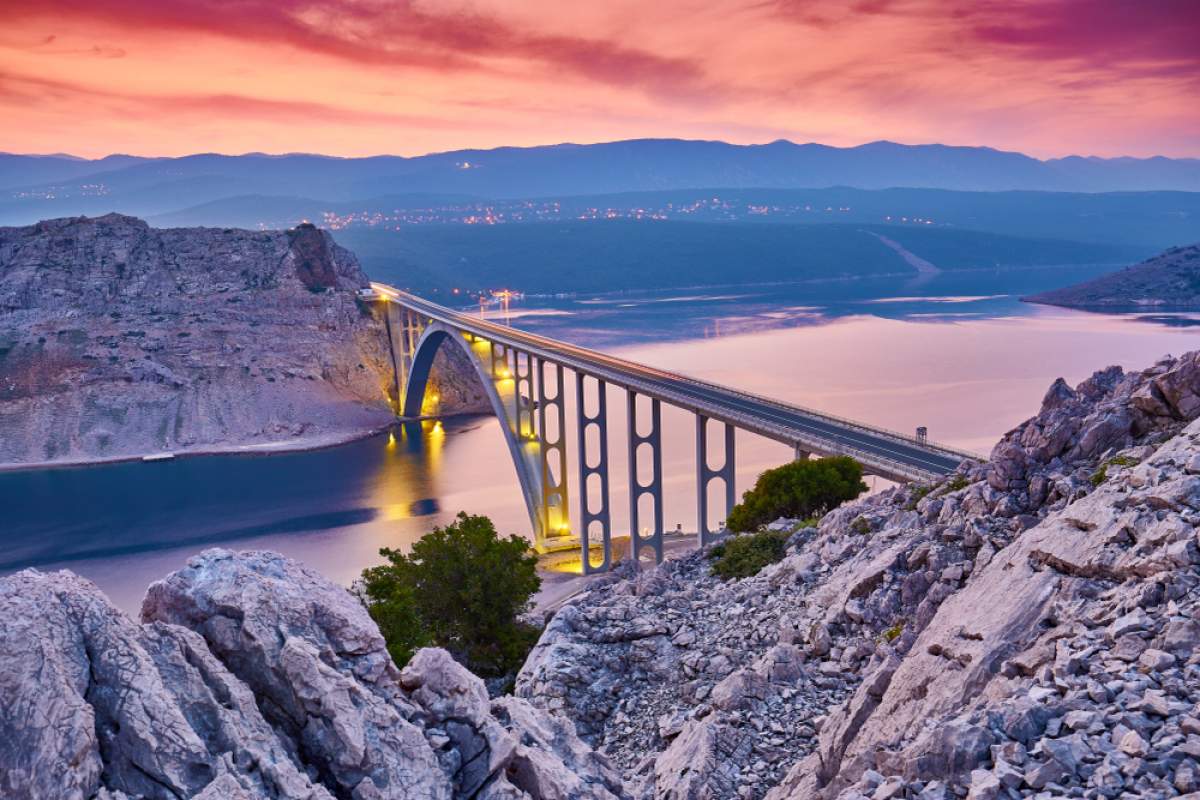
Krk is the biggest Croatian island in the Adriatic Sea. Krk is a very easily accessible island. Thanks to its location at the very north of the Adriatic, it is the first and closest island for all visitors from the continental part of Europe who wish to experience Mediterranean island life.
Those who like to travel by car will be pleased to know that Krk is connected to the mainland by a mile-long two-arch concrete Krk Bridge, a lovely attraction of its own. There are also modern and fast highways that connect all of Europe directly to Krk. But Krk also has its own international airport. Rijeka Airport is connected to many cities across Europe.
When it comes to accommodation, there are plenty of choices for any type of facility you may prefer. The selection of accommodation on the Island of Krk is very diverse. You can choose by the basic type of accommodation: Holiday Homes & Villas, Private Apartments, Rooms in private accommodation, or Hotels and Bed & Breakfasts.
There is also the possibility to choose from a different standpoint, and choose Heritage accommodation, Sea view accommodation or Rural accommodation.
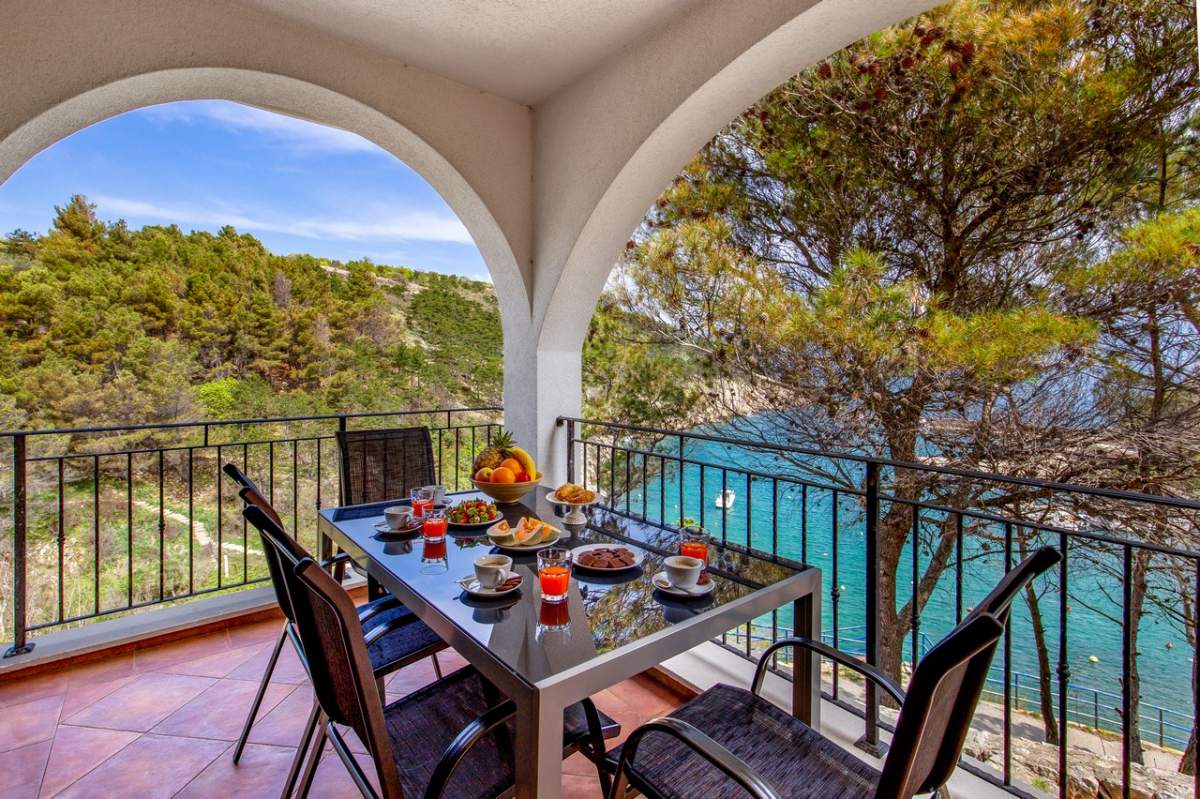
Most tourist accommodation on Krk island is in the best spots of individual towns and villages. Private rooms, apartments and houses are of good quality. The owners furnish them well so that they can be good hosts who know how to welcome their guests and ensure them a pleasant stay.
The accommodation choices in our offer are equipped for a pleasant stay. Many accommodations have a short walk to the beach, so you can enjoy swimming, snorkeling, and sunbathing.
The accommodation description on our website provides detailed descriptions of each accommodation, including proximity to restaurants, cafes, bars and shops. This way, you can easily find the perfect place to stay for your holiday on Krk.
You can explore the rich cultural heritage of the island of Krk on organized excursions or on your own, and there are a lot of opportunities for discoveries and learning for the whole family.
Our boat trips are also trendy among our guests who spend their family vacation with us - this is an opportunity to get to know the neighboring Kvarner islands, the panoramic cruise and swimming in the picturesque, sheltered bays on the beaches that can only be reached from the sea.
Many people are of the opinion that the most beautiful beaches can be found in these hidden bays. The beaches between Punat and Stara Baska are particularly well known, such as the Golden Beach. Of course, well-equipped city beaches with many sports options are also a popular choice.
Are you looking for beautiful beaches on Krk? We have put together a comprehensive list of the island's most beautiful beaches.
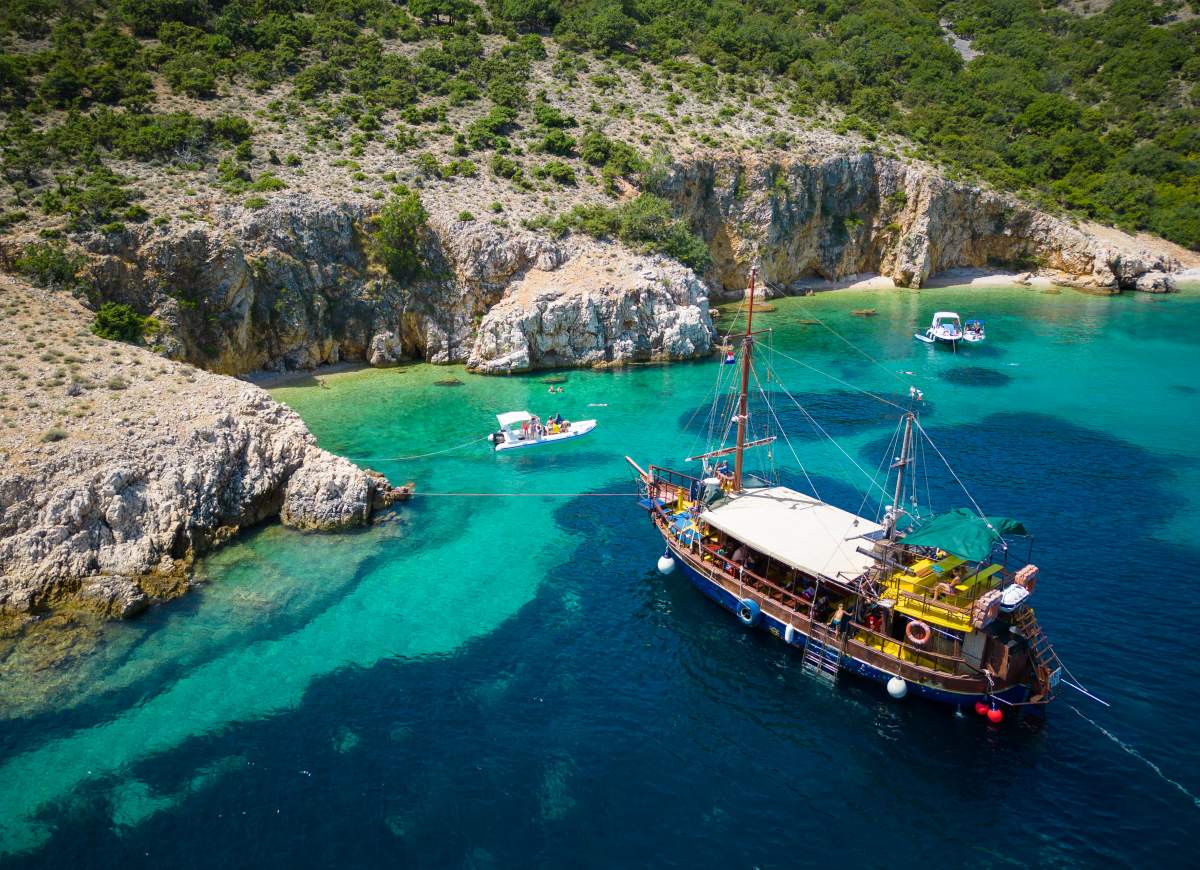
On Krk Island, you will have a lot of opportunities to try different Krk specialities in numerous taverns and restaurants, and we invite you to enjoy some interesting gourmet experiences.
During your stay on the island of Krk, you can discover a variety of possibilities for an active holiday. In addition to the abundance of diverse natural, mainly pebble beaches, the island of Krk offers plenty of hiking opportunities on over 300 km of marked hiking trails. Explore Krk Island educational trails. Krk has also developed a network of marked bicycle paths.
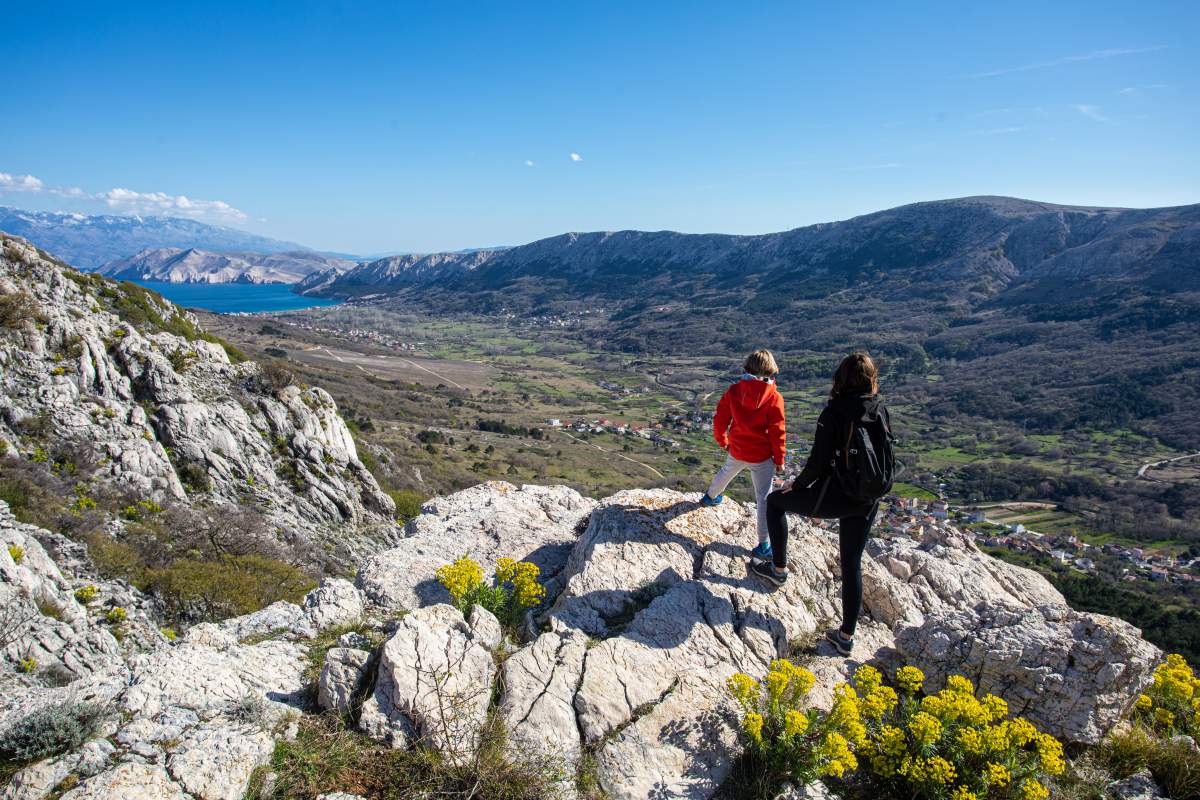
Numerous diving centers and interesting underseas offer plenty of diving opportunities to experienced divers as well as to beginners. Among other possibilities for an active holiday on the island, we suggest that you try climbing, wakeboarding, horseback riding, tennis, sailing, paragliding, beach volleyball, paintball.
The island of Krk is especially popular for family vacations among our guests with children since there are a lot of activities with children available. You can take a lot of wonderful family memories back home from your Krk vacation.
The island of Krk is located in Croatia, in the Kvarner Bay, and it is the largest island of the Adriatic. It is surrounded by twenty small islands, cliffs and reefs that you can easily explore with numerous boat tours.
Krk is an excellent starting point for island hopping. From the island of Krk, you can also reach the neighbouring islands of Cres, Losinj and island Rab by ferry. You can also visit the small uninhabited islands such as Plavnik, Prvic, Grgur and Goli otok with various excursion boats.
Krk is very popular among boaters because of the numerous picturesque bays and islets in the Krk archipelago. Marina Punat, the oldest marina in Croatia and the largest in the Kvarner Bay, also contributes to this.
Also, take the opportunity to visit the neighbouring towns in Kvarner Bay, such as Rijeka, Opatija and Crikvenica. The neighbouring regions of Istria, Lika, Gorski Kotar and Dalmatia are also a few hours' drive away. Zagreb, the capital of Croatia, can be reached by car in around 2.5 hours.
Krk has a moderate and mild Mediterranean climate. The average air temperature during summer is 23 oC, and the average sea temperature from June to September is 20 oC. Bura, jugo and maestral are the most frequent winds.
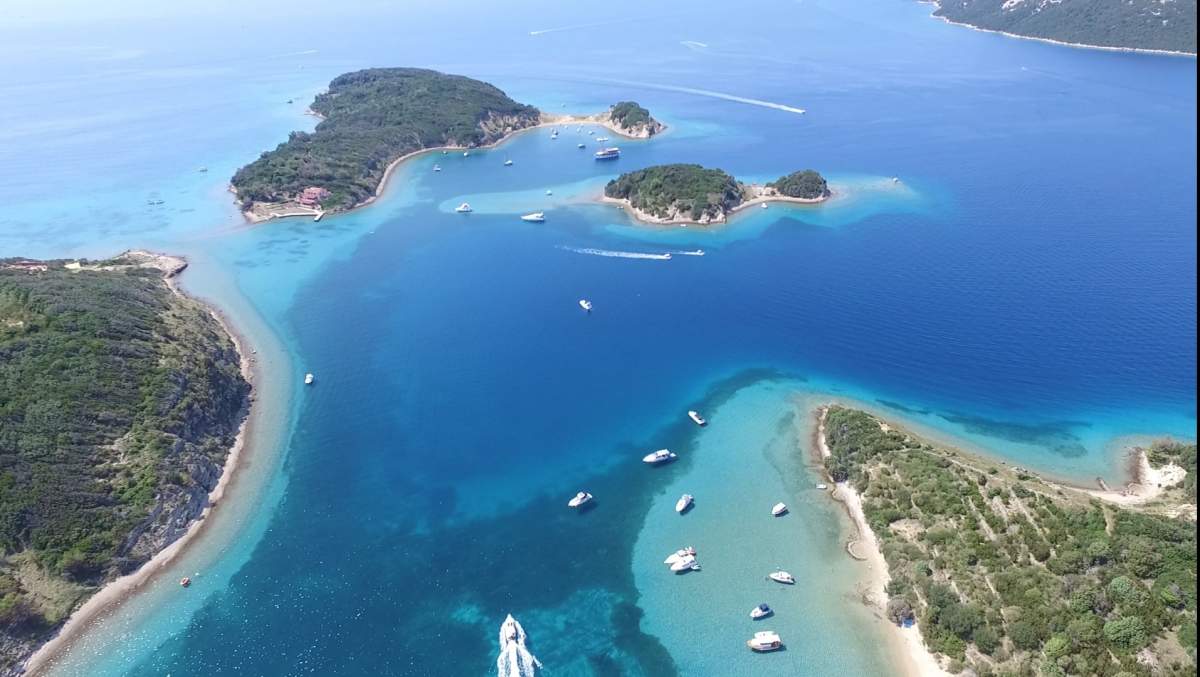
With 2500 hours of sun per year, this area is among Europe’s sunniest parts. Almost 1400 different plant species grow on Krk, with the most famous being the grapevine and olive trees in the central and western part of the island. The island’s south has fascinating rocky formations, hence the intriguing name for this area: The Moon Plateau.
Once on the island, you can also see the Griffin vulture’s habitat on the north-eastern steeper part of the coast and the close-by island of Prvić.
The history of the island of Krk is very impressive, with the first data regarding the island’s settlement connected to the Illiric tribes. After that, with the Greeks and then the Romans.

Christianity was present very early on the island in the 5th century A.D., with the bishopric based in the city of Krk. The island has four different dialects today because the Croatian people in the 7th century inhabited the land in clans within the castles. The legendary noble family Frankopan emerged from these clans at the end of the 12th century.
They originated from Krk, Croatia, but they spread their rule even to the continent. At the height of their power, the Frankopans controlled a territory equal to half of today’s Croatia.
There are many impressive attractions connected to the Frankopans that you should definitely visit while on Krk. But the island of Krk has so much more to experience when it comes to culture and heritage.
To experience the islanders’ way of life in the past, visit the homeland museums with their ethnographic and sacral collections. Another unique cultural and historical place that you should visit while on the island of Krk is the Franciscan monastery on the small island of Košljun, across from Punat.
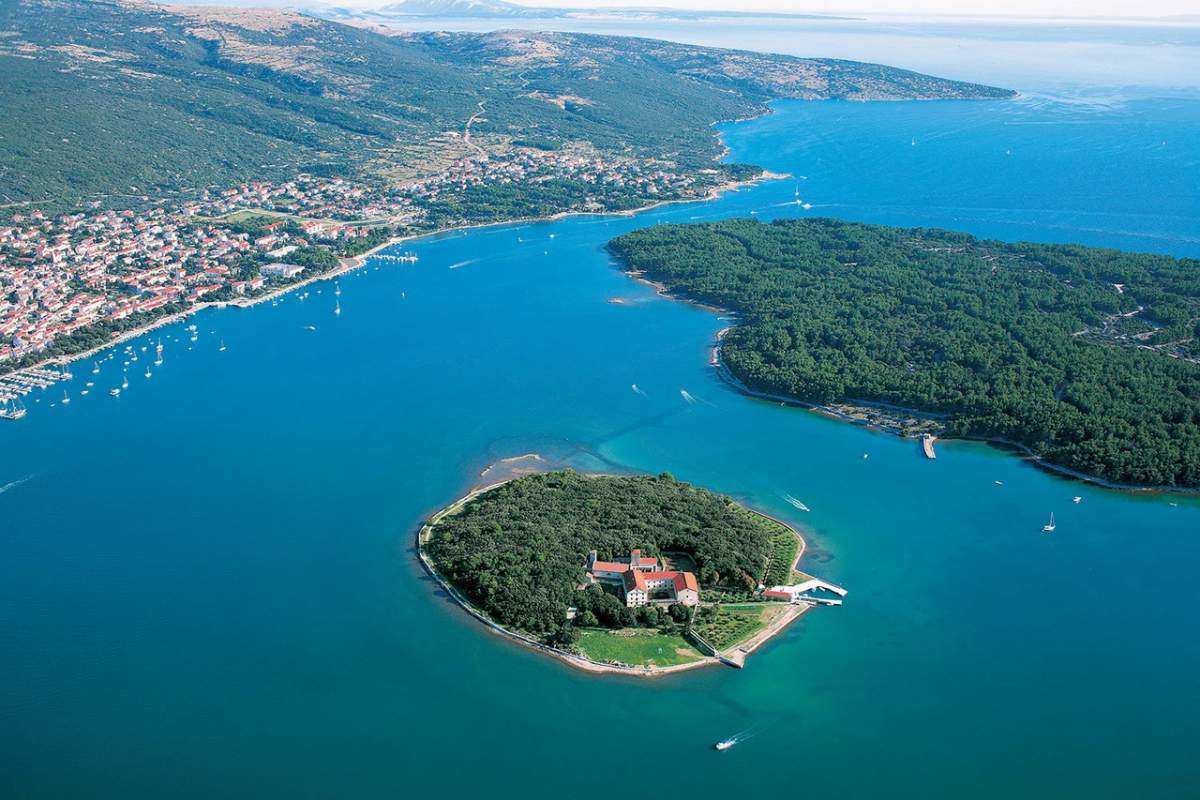
And then there is the world-famous Baška tablet, a large stone tablet inscribed with Glagolitic letters. The Baška tablet was found in the soil of the early Romanic church of St. Lucy in Jurandvor, near Baška in 1851. It mentions the name of the Croatian king, Zvonimir, and marks the island of Krk as the northern border of his kingdom, thus proving the existence of the Croatian state in the earliest days.
The original of the Baška tablet is kept at the Academy of Science and Art in Zagreb, and a copy is exhibited in the church of St. Lucy.
Don't forget the Krk - natural beauties. The Biserujka stalactite cave and the healing mud bay Soline, for example, are worth a visit. Once on the island, you can also see the habitat of the griffon vulture on the northeastern steeper part of the coast and on the nearby island of Prvić.
Krk has a temperate and mild Mediterranean climate. The average air temperature in summer is 23 C, and the average sea temperature from June to September is 20 C. Bura, Jugo and Maestral are the most common winds.
With 2,500 hours of sunshine per year, this area is one of the sunniest areas in Europe. Almost 1,400 different plant species grow on Krk, with the most famous being vines and olive trees in the central and western parts of the island. The south of the island has fascinating rock formations, hence the intriguing name for this area: The Moon Plateau.
When it comes to tradition, the inhabitants of Krk are proud of their historical heritage and hold it in the highest esteem. The traditional way of life connected to the sea, agriculture and livestock farming (especially sheep breeding) is present on the island today. The ancient wind instrument, the sopile, is still an integral part of all island festivities. It is often connected to religious holidays and patron saint’s of specific villages. The island’s folklore and its richness is specially featured every summer during the Festival of Krk folklore, which includes the sopile players.
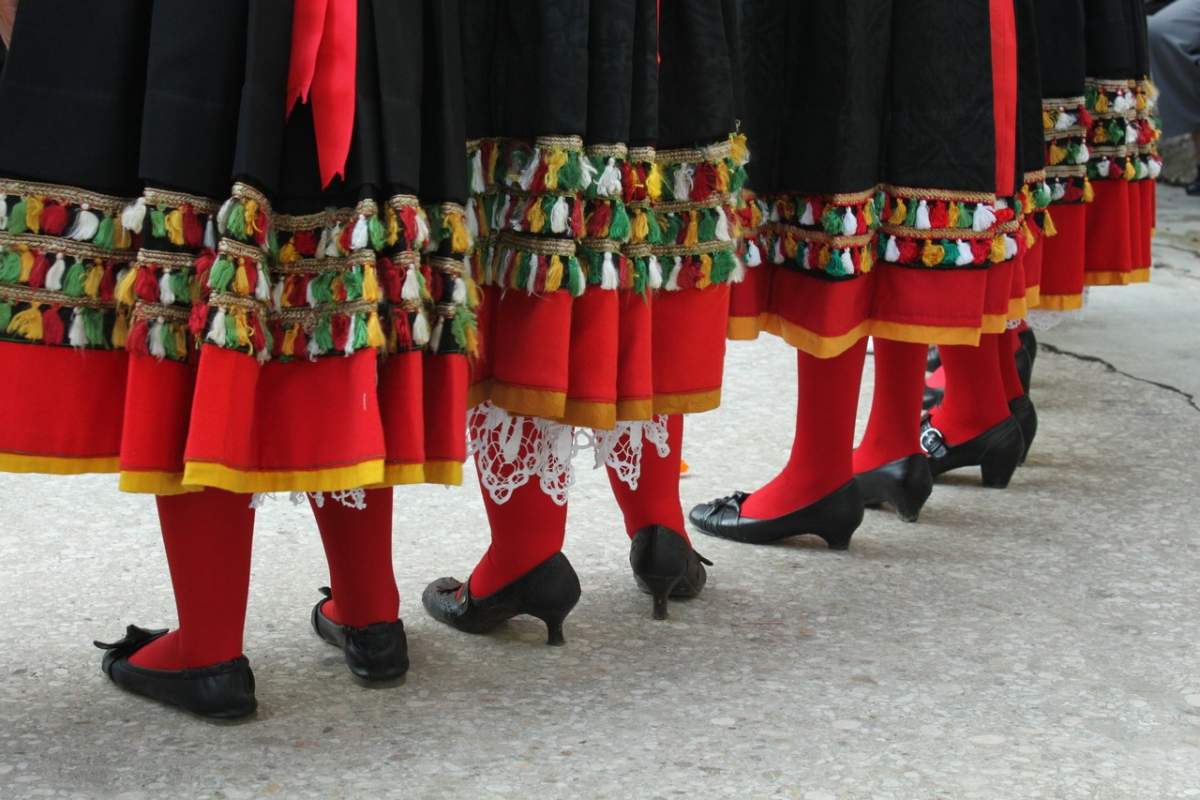
The islanders believe that the island of Krk is closely connected to the symbolic number seven. The number seven marked its history many times as the Croats inhabited it in the 7th century and the last prince of Krk was the 7th Frankopan prince.
In the present day the island has 7 administrative units in total (the town of Krk and the municipalities of Vrbnik, Punat, Omišalj, Malinska, Dobrinj, and Baška. Also, there are seven different Chakavian dialects of the Croatian language. There are as well 7 different types of customs, dances and popular costumes.
Although its inhabitants value history and tradition very much, the Krk island is certainly not stuck in the past. Great attention is being dedicated to the care of the environment. The Krk island is eco-friendly and dedicated to environmental protection. This biggest Adriatic island was the first in Croatia to introduce an environmentally friendly municipal waste management system in 2005, known as “Eco Island of Krk”.
The system has been upgraded over the years; today, more than 60% of waste is collected separately. Thanks to recycling, composting and separate waste collection, over 83% of the potential emissions of harmful gases are prevented and CO2 emissions are reduced by approximately 20%. Also, greenhouse gas emissions are 22% lower than the Croatian average.
Various eco actions, including the cleaning of the beaches and the seabed, are often undertaken to keep the sea clean and protect it from any kind of devastation. The aim is also to motivate and strengthen awareness to the needs of the ecosystem and its numerous natural beauties. The blue flags that mark the safe and clean sea water fly over numerous beaches of the island of Krk.

Around 20,000 inhabitants live in 68 towns & villages on the island of Krk. This makes Krk the Croatian island with the highest number of settlements.
The town Krk is an impressive historical town and also the island's economic, transport, and administrative center. Krk City, known for its picturesque old town and the old city walls, is called a city of culture. Krk town is the largest settlement on the golden island.
The southernmost place on Krk is Baska. Vela Plaza, the main beach in Baska, is one of the most beautiful beaches on the golden island. The bays near Baska, such as Vela Luka and Mala Luka, are also well worth visiting.
Located on the east coast, Vrbnik is known for dry white wine and great Glagolitic heritage. Experience the charm of its historic old town and winding narrow streets.
Also, visit Punat and the monastery island of Kosljun.
Malinska and Njivice have a very pleasant microclimate and will delight you with the waterfront and many sheltered bays.
The early Christian complex in Sepen Bay near Omisalj and the ruins of the ancient Roman city of Fulfinum as well as the old town of Omišalj are another recommended travel destination.
You can find out so much more about the island of Krk in our website's Best of Krk and Blog sections in the main menu. But the best way to experience Krk is to visit the island and enjoy everything it offers.
Welcome to our beautiful golden island of Krk!



 Vrbnik
Vrbnik



 Vrbnik
Vrbnik
DISCOVER THE EXPERIENCES OF OUR TRAVELLERS